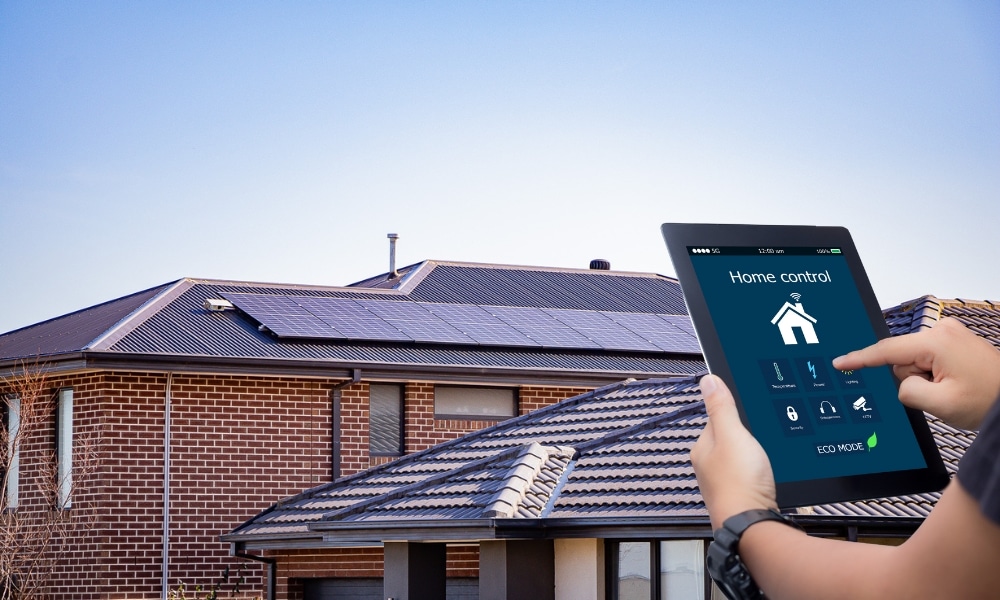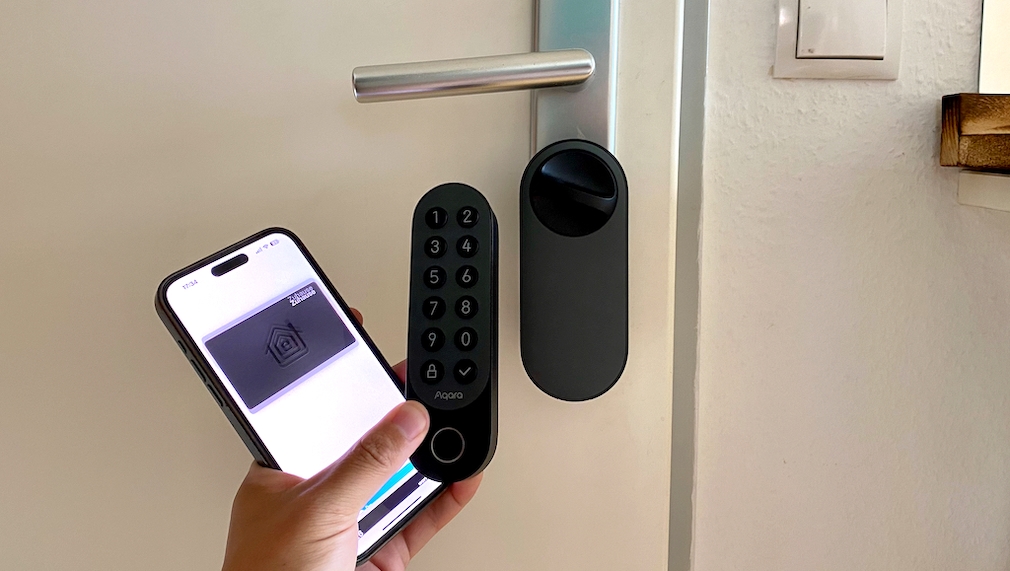21.02.2025
Smart Homes: What's New in High-Tech Housing?
The concept of smart homes has evolved significantly over the past decade, integrating cutting-edge technology to enhance convenience, security, and energy efficiency. As the global smart home market is expected to reach $313 billion by 2026, developers and homeowners alike are embracing high-tech solutions to redefine modern living. This article explores the latest innovations in smart home technology and how they are transforming residential spaces.
1. Advanced Home Automation
Automation has become a key feature of smart homes, allowing homeowners to control various systems remotely.
Voice-activated assistants: AI-powered systems like Amazon Alexa, Google Assistant, and Apple HomeKit enable hands-free control of lights, thermostats, and security features.
Smart hubs: Centralized platforms such as Samsung SmartThings and Hubitat integrate multiple smart devices for seamless automation.
Geofencing technology: Homes now use location-based automation to adjust lighting, temperature, and security settings when residents arrive or leave.

2. Energy Efficiency and Sustainability
With rising energy costs and environmental concerns, smart homes are incorporating energy-efficient solutions.
Smart thermostats: Devices like Nest and Ecobee learn user preferences and optimize heating and cooling, reducing energy bills by up to 20%.
Solar panel integration: Smart energy systems connect solar panels with home management apps for real-time energy monitoring.
Automated lighting: Motion-sensing LED lights and smart dimmers contribute to reduced electricity consumption.
Smart appliances: Refrigerators, washing machines, and dishwashers now feature AI-driven efficiency settings to lower energy usage.

3. Enhanced Security Features
Security remains a top priority in high-tech housing, with smart homes adopting innovative protective measures.
Facial recognition doorbells: Systems like Google Nest Hello and Ring Doorbell identify visitors and provide real-time video feeds.
AI-powered surveillance cameras: Modern cameras detect suspicious activity and notify homeowners instantly.
Smart locks: Keyless entry systems with biometric authentication offer improved security and convenience.
Emergency alerts: AI-driven smoke detectors, gas leak sensors, and flood detectors send instant warnings to homeowners’ smartphones.

4. Smart Kitchens and Connected Appliances
The kitchen is becoming a high-tech hub with connected appliances that enhance cooking and food management.
AI-powered refrigerators: Samsung’s Family Hub tracks expiration dates and suggests recipes based on available ingredients.
Voice-controlled ovens: Smart ovens like June and Brava adjust cooking times and temperatures based on AI analysis.
Automated coffee makers: Devices like Nespresso Prodigio start brewing coffee based on user schedules.

5. Wellness and Health Monitoring
Smart homes are increasingly focusing on health and wellness technology.
Air quality monitors: Devices like Awair and Dyson Purifier detect pollutants and adjust ventilation automatically.
Smart beds: Sleep-tracking beds such as Sleep Number 360 analyze sleep patterns and adjust firmness accordingly.
AI-driven fitness spaces: Interactive home gyms like Mirror and Tonal offer personalized training sessions.
6. Future Trends in Smart Homes
As technology advances, the next generation of smart homes will integrate:
5G connectivity: Faster and more reliable networks will enhance device synchronization.
AI-driven predictive maintenance: Smart systems will detect potential issues in electrical, plumbing, and HVAC systems before failures occur.
Holographic interfaces: Future homes may feature holographic displays for controlling smart home functions.
Self-sustaining smart homes: Buildings with AI-managed renewable energy sources will become more common.
Smart homes are no longer a futuristic dream but a reality that is continuously evolving. With advancements in automation, security, energy efficiency, and wellness technology, high-tech housing is transforming how people live. As AI, IoT, and 5G continue to shape the industry, the future of smart homes promises even greater convenience, sustainability, and security for homeowners worldwide.
Elevate Your Smart Home Projects with Plandi.io
For builders and designers exploring the potential of smart homes, Plandi.io offers invaluable resources. From access to cutting-edge BIM models to sourcing high-quality materials for tech-integrated designs, Plandi.io bridges the gap between vision and execution. Create homes that define the future of living with Plandi.io's comprehensive support.
The article was useful to you?
3
8
0